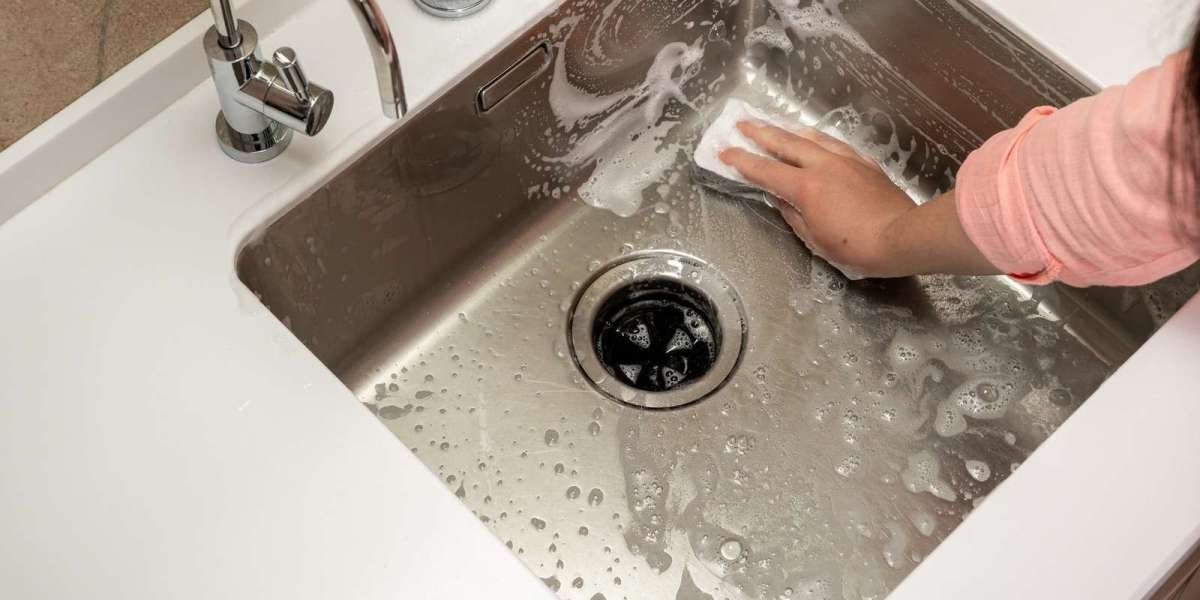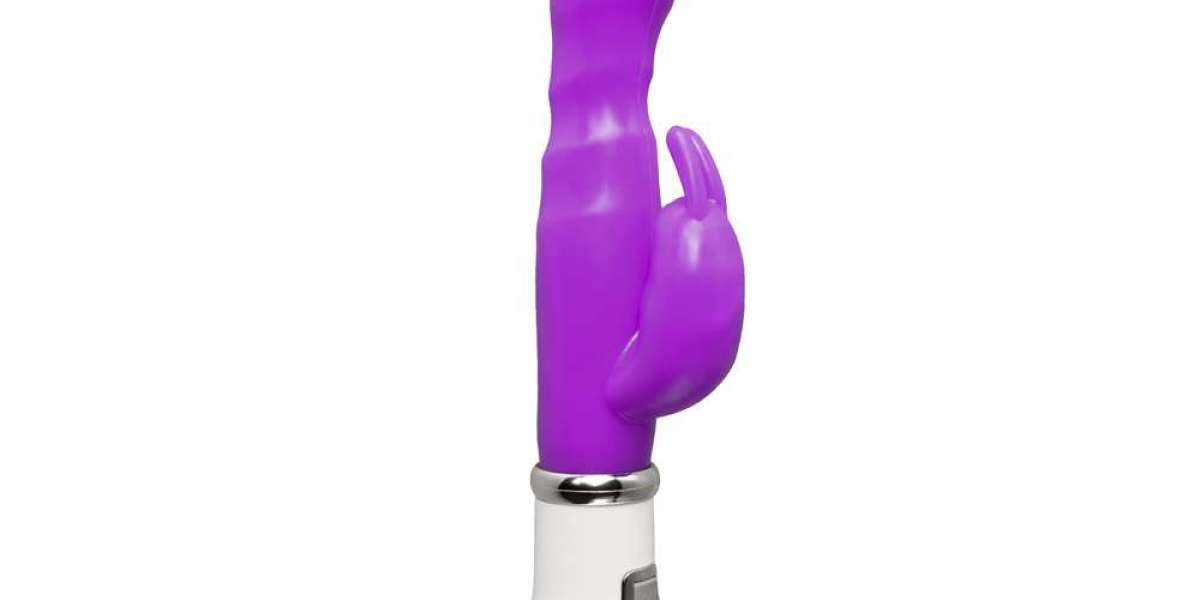The kitchen sink is one of the most heavily used areas in any home. From washing dishes and produce to rinsing raw meat, it handles a lot—and it shows. Without regular cleaning and maintenance, it becomes a breeding ground for bacteria, stains, and foul smells. Taking care of your kitchen sink isn’t just about aesthetics; it’s about hygiene and longevity.
Daily Cleaning: The Basics
To keep your sink fresh daily, a quick rinse and wipe-down after each use go a long way. Here’s what you should do:
- Rinse Thoroughly – After washing dishes or food, rinse the sink with hot water to remove debris and soap residue.
- Use Dish Soap and a Sponge – Apply a small amount of dish soap on a sponge and scrub the basin. Pay attention to the sides, edges, and corners.
- Dry It Off – Water spots and mineral buildup form when the sink air-dries. Wipe it dry with a microfiber cloth.
Doing this at the end of the day keeps grime from building up and prevents unpleasant odors.
Weekly Deep Clean
Once a week, your sink needs a more thorough cleaning to remove hidden dirt and kill bacteria.
- Baking Soda Scrub
Sprinkle baking soda all over the wet sink. Use a soft sponge or brush to scrub the surface. Baking soda is gentle on finishes and effective at breaking down grease and stains. - Disinfect With Vinegar or Bleach
After scrubbing, spray white vinegar over the baking soda. Let it fizz for a minute, then rinse with hot water. Alternatively, if you prefer bleach, mix one tablespoon with a quart of water and apply it with a sponge (only on stainless steel or porcelain). Never mix bleach and vinegar—it creates toxic fumes. - Clean the Drain and Disposal
Food particles and grease collect in the drain. Pour half a cup of baking soda followed by one cup of vinegar down the drain. Let it sit for 15 minutes, then flush with hot water. For a garbage disposal, toss in a few ice cubes and citrus peels while running it to clean and deodorize the blades.
Monthly Maintenance Tasks
Monthly maintenance helps catch problems before they start. Here’s what you should add to your checklist:
- Polish Stainless Steel Sinks
Stainless steel sinks are durable but prone to dullness and scratches. Use a dedicated stainless-steel cleaner or olive oil on a cloth to buff the surface until it shines. - Check for Leaks
Look under the sink and around the faucet base for moisture or slow drips. A small leak can cause major water damage over time. - Tighten Loose Fixtures
Faucets and handles can loosen over time. Use a wrench or screwdriver to tighten anything that feels wobbly. - Clear Mineral Buildup
If you live in an area with hard water, mineral deposits can clog faucet heads and make your sink look dirty. Soak affected parts in a 1:1 vinegar-water solution for an hour, then scrub gently with an old toothbrush.
Dealing With Stubborn Stains
Some stains need more than just a scrub. Here’s how to deal with the tough ones:
- Rust Stains – Use a paste of lemon juice and baking soda. Let it sit for 15 minutes before scrubbing and rinsing.
- Black Marks on Porcelain – Use a magic eraser or a non-abrasive cleaner like Bar Keepers Friend.
- Cloudy Film on Stainless Steel – Usually from calcium deposits. Use white vinegar and a soft cloth to gently remove it.
Avoiding Common Mistakes
Sometimes, poor cleaning habits cause more damage than dirt itself. Avoid these mistakes:
- Don’t Use Harsh Chemicals Daily – They can erode your sink’s finish. Use gentle cleaners for routine cleaning.
- Avoid Steel Wool – It scratches surfaces, especially stainless steel and porcelain.
- Don’t Let Water Sit – Water left in the sink encourages rust and mold. Always dry the sink after use.
Preventative Tips
Good habits extend your sink’s lifespan:
- Use a Sink Grid – A sink grid or rack protects the bottom from scratches and keeps dishes from sitting in dirty water.
- Clean Up Immediately – Don’t let food or debris sit. Clean spills as they happen.
- Flush the Drain Weekly – Even if your drain seems clear, a weekly baking soda and vinegar flush keeps it from clogging.
- Install a Filter Trap – A mesh filter trap catches food bits before they enter the drain, preventing buildup.
When to Replace or Upgrade
No sink lasts forever. Cracks, deep rust, or persistent leaks may mean it’s time for a replacement. When shopping for a new sink, consider going through a reputable kitchen sink supplier or check options from well-reviewed kitchen sink manufacturers. Quality materials and construction make a big difference in durability and ease of maintenance.
Final Thoughts
Cleaning and maintaining your kitchen sink isn’t complicated, but it requires consistency. A little daily attention and regular deep cleaning can prevent big problems. Whether it’s stainless steel, porcelain, granite composite, or any other material, the key to a long-lasting sink is proper care.
Invest a few minutes each day and an hour each month, and your sink will not only stay clean—it’ll last for years.



